- Introduction: Understanding Liability Coverage
- The Basics of Liability Coverage in Apartment Buildings
- Key Components of Apartment Building Policies
- Common Liability Risks and Exposures
- How Liability Coverage Protects Property Owners
- The Role of Insurance in Risk Management
- Differences Between Building and Personal Liability Coverage
- Factors Affecting Liability Premiums in Apartment Policies
- Case Studies: Liability Claims in Apartment Buildings
- Tips for Choosing the Right Liability Coverage Policy
1. Introduction: Understanding Liability Coverage
Liability coverage is a key component of any comprehensive insurance plan for apartment buildings. It helps protect property owners from unexpected financial losses when tenants, visitors, or third parties suffer injury or damage on the property. With the right level of coverage, apartment owners can focus on running their buildings without worrying about the potentially devastating costs of legal claims.
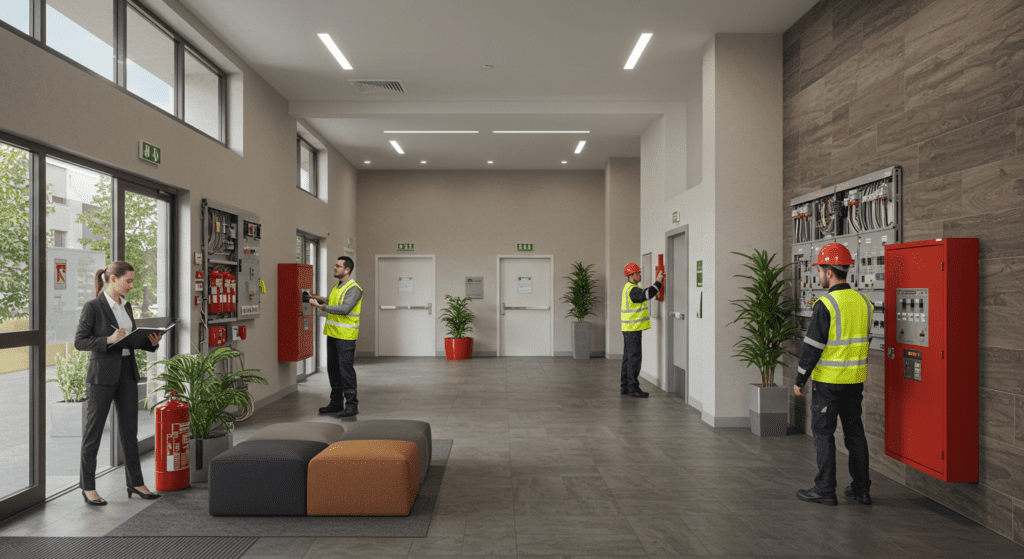
2. The Basics of Liability Coverage in Apartment Buildings
Liability coverage for apartment buildings is designed to cover the expenses related to injuries or property damage that occur on the premises. This can include medical bills, legal fees, and any settlements or judgments. The insurance policy acts as a safety net that protects owners from the financial fallout of accidents or unsafe conditions that might lead to a claim. For example, if a visitor slips on a wet floor in the lobby and files a lawsuit, the liability coverage in the policy can cover the associated legal costs.
3. Key Components of Apartment Building Policies
Apartment building liability policies consist of several important components. These include the extent of coverage provided, the policy limits, deductibles, and any exclusions. The policy limit is the maximum amount that the insurance company will pay for a covered claim during the policy period. Deductibles, on the other hand, are the portion of the claim that the owner must pay out of pocket before the insurance coverage kicks in. It is also essential to review the exclusions listed in the policy. Exclusions specify types of incidents or claims that are not covered by the policy, making it crucial for apartment owners to understand what is not protected.
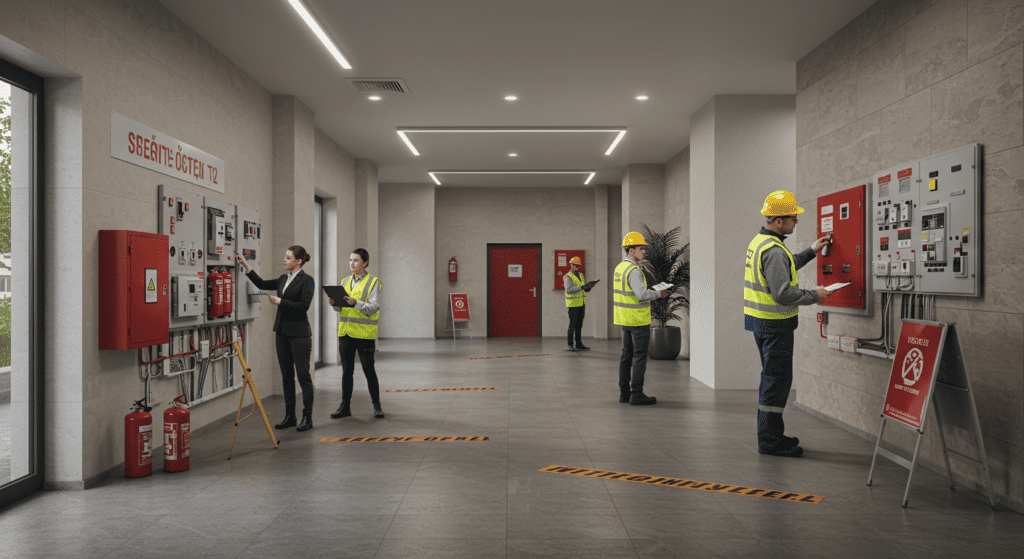
4. Common Liability Risks and Exposures
Apartment building owners face various risks that could lead to liability claims. Common risks include slip and fall accidents, property damage due to faulty maintenance, and injuries related to inadequate security measures. Environmental hazards, such as mold or asbestos exposure, also represent potential risks. These hazards can be particularly problematic as they may not be immediately apparent. Moreover, incidents such as elevator malfunctions or fire hazards not only endanger lives but may also result in significant financial liability. Property owners must be diligent in identifying and mitigating these risks through regular inspections and preventative maintenance.
5. How Liability Coverage Protects Property Owners
The primary function of liability coverage is to mitigate the financial risks associated with unforeseen accidents or injuries. By having a robust insurance policy in place, property owners have access to funds required to defend against lawsuits, cover medical expenses, and settle claims. This protection can save building owners from the high costs of litigation and unexpected repair or compensation expenses. For example, in a situation where structural issues lead to a serious injury, the insurance policy can cover medical bills and any potential legal costs, ensuring that the financial burden does not fall solely on the owner
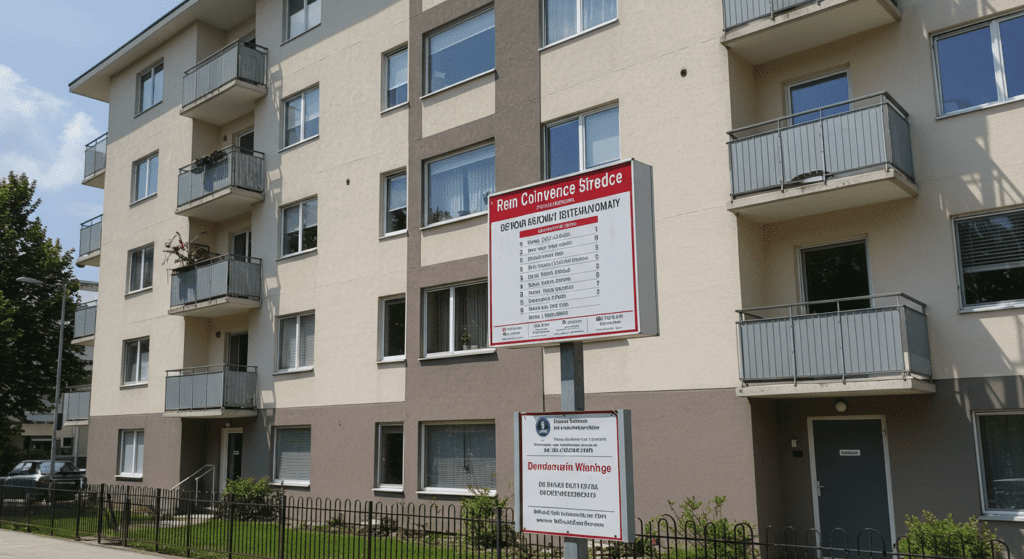
6. The Role of Insurance in Risk Management
Insurance plays an indispensable role in risk management for apartment building owners. By transferring the risk associated with liability claims to an insurance provider, building owners can operate with a higher level of financial security and peace of mind. Regular risk assessments and safety audits are critical first steps in reducing the likelihood of incidents. When combined with the coverage offered by a well-crafted liability policy, these risk management practices provide a comprehensive strategy to protect against both minor and major incidents. Additionally, insurance providers often offer recommendations for improving safety standards on the property, further reducing the risk of liability claims over time.
7. Differences Between Building and Personal Liability Coverage
Understanding the differences between building liability and personal liability coverage is crucial for comprehensive protection. Building liability coverage pertains strictly to incidents that occur in or around the apartment building. This can include injuries to non-residents like visitors or delivery personnel, as well as issues arising from defective premises. Personal liability coverage, however, often applies to individuals living within the building. For instance, many renters obtain personal liability insurance as part of their renter’s insurance policy to protect themselves from claims related to accidents or negligence on their part. Recognizing these distinctions helps property owners ensure that both the building and its tenants are adequately covered.
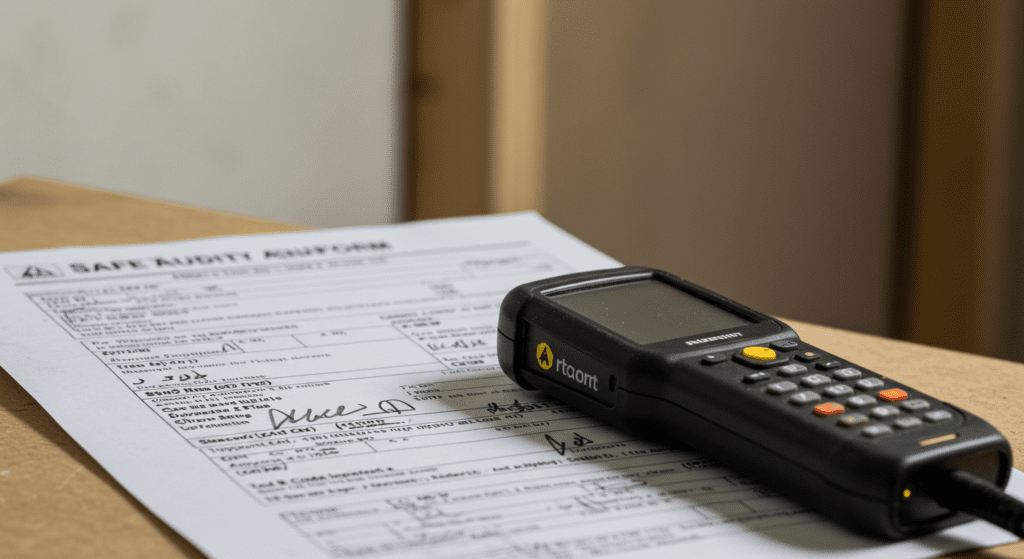
8. Factors Affecting Liability Premiums in Apartment Policies
Several factors can influence the cost of liability coverage for apartment buildings. The location of the building, its age, and the materials used in construction are crucial considerations. A building in a busy urban area, for instance, may face higher premiums due to increased risk levels associated with high traffic and denser populations. Conversely, newer buildings constructed with modern safety features may benefit from lower premium costs. The history of past claims is another important factor. A building with several past liability claims or safety violations is likely to face higher premiums as it is considered a higher risk. Additionally, the building’s security measures and regular maintenance efforts can play a significant role in influencing premium rates.
9. Case Studies: Liability Claims in Apartment Buildings
Real-life case studies offer insight into the practical implications of liability coverage in apartment buildings. In one case, a local apartment building experienced a serious slip and fall incident in a common area. The injured party filed a claim for medical expenses and compensation for lost wages. Because the building had comprehensive liability coverage, the owner was able to settle the claim without incurring significant out-of-pocket expenses. In another instance, a claim arose from a malfunctioning elevator that resulted in injury to a visitor. Again, the apartment building’s insurance policy covered the legal and medical expenses associated with the claim, underpinning the importance of automated risk transfer through liability coverage. These examples underscore how effective insurance strategies can mitigate risks and protect property owners from financial ruin.
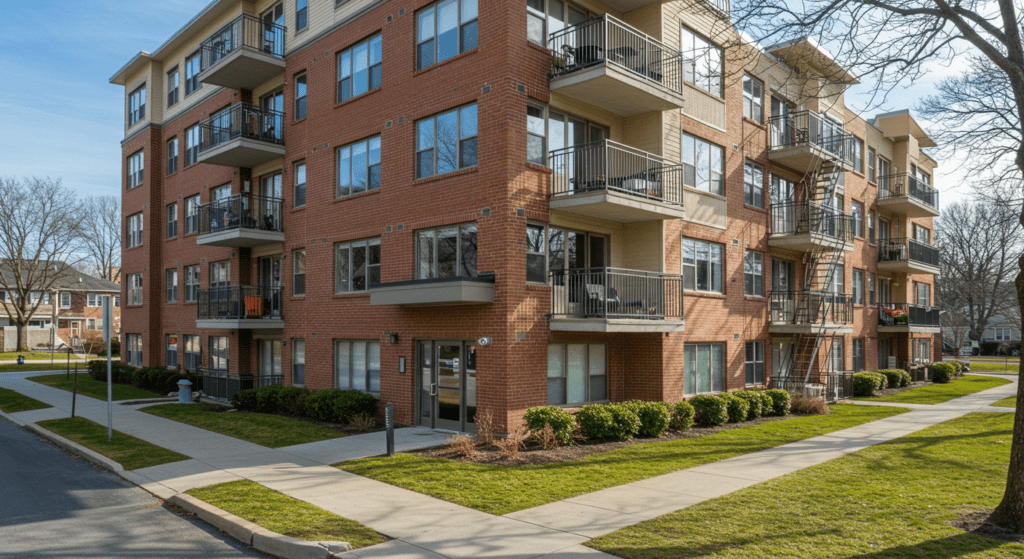
10. Tips for Choosing the Right Liability Coverage Policy
Choosing the right liability coverage policy for an apartment building involves careful consideration and a proactive approach. Follow these tips to ensure you select a policy that meets your needs and budget:
- Assess the Specific Risks: Begin by identifying the unique risks associated with your property. Conduct regular safety audits and consider external factors that could elevate your risk profile.
- Evaluate Policy Limits: Ensure that the liability limits are adequate to cover potential claims. Higher policy limits can provide better protection, particularly in scenarios with severe injuries or long-term litigation.
- Compare Deductibles: Understand how deductibles can influence your premium costs and decide on a level that balances affordability with the need for prompt claim resolution.
- Investigate Exclusions: Carefully review the policy exclusions to know what types of incidents are not covered. This knowledge helps in taking additional precautions or purchasing supplemental coverage if needed.
- Seek Professional Advice: Consult with an insurance broker or legal advisor who specializes in property insurance. They can provide tailored recommendations based on your building’s characteristics and historical claim data.
- Regular Review and Updates: As the risk profile of your property evolves, regularly review your coverage. Updating your policy to match changes in the building, local laws, or industry standards is essential for ongoing protection.
11. Conclusion
Liability coverage is an essential component for managing risks in apartment buildings. From understanding the basics of how insurance protects property owners to learning about the key factors that influence premiums, property managers and owners must stay well-informed. A robust understanding of liability coverage can mitigate financial risks and provide peace of mind for those running apartment buildings.
By focusing on effective risk management practices, evaluating each component of your insurance policy, and consulting with risk management professionals, you can choose the right liability coverage policy that safeguards both your building and your investments. In today’s uncertain environment, proactive insurance management is not just a regulatory necessity but a strategic tool for building long-term financial resilience. Whether you are managing a single property or an entire portfolio, a detailed and comprehensive liability coverage policy is your first line of defense against unforeseen incidents that could otherwise lead to significant financial losses.
Engaging in regular safety audits, understanding common liability risks and exposures, and keeping an open dialogue with your insurance provider will help you continuously manage and mitigate risks. The key to successful property management lies in being prepared and resilient in the face of potential challenges. Investing time now in understanding and optimizing your liability coverage can save you substantial costs and stress in the future.
Ultimately, the goal of liability coverage is to ensure that apartment building owners are well-protected against the unpredictable nature of property liabilities. By staying informed, choosing the right coverage, and continually assessing your building’s risks, you create a safer, more secure living environment for tenants while protecting your financial interests.
